The fog cuts the sight short – and substitutes it with imagination. This way, mist expands the space around us, forces our minds to construct objects and narratives beyond the milky and soft, opaque air. Sometimes, the rain and tusk do the job as well. Estonia has a fair share of foggy, rainy and grey weather, inviting photographers to the great outdoors in order to capture those stories.

Tyre graveyard, Tartu. Once you’ve learned to notice how mist generates stories, you start wandering to the strangest places during the fog. The stranger the place, the more amplified the adventure becomes.
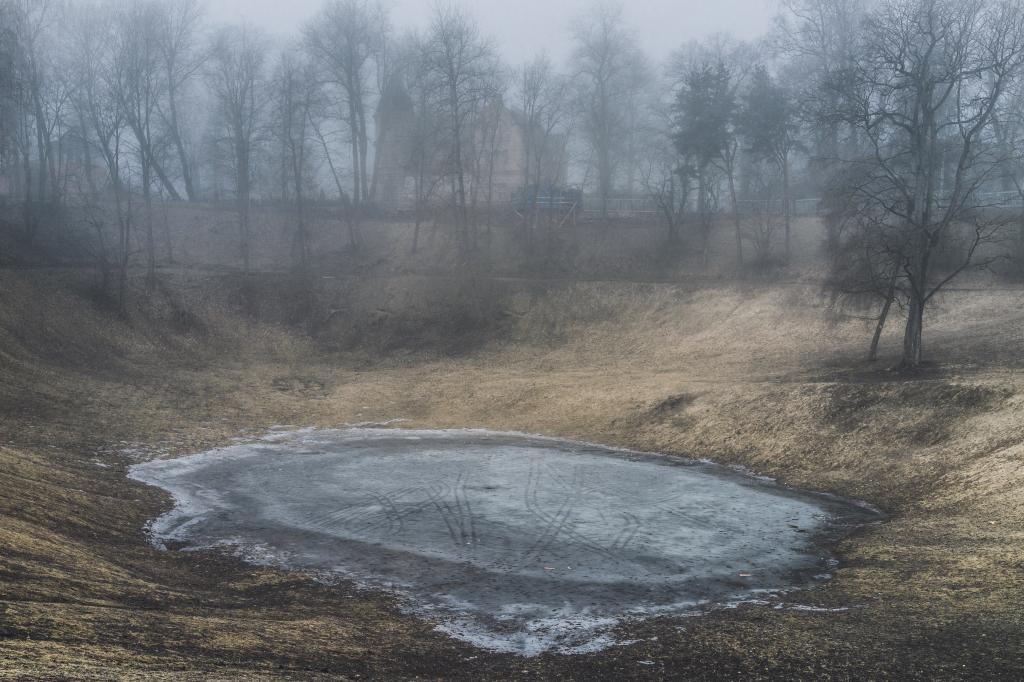
Kassitoome, Tartu. Just around the corner from my home street there’s a park with a man-made crater in the middle of it. Kids come here sledging until it turns into a lake and then a lawn in the spring. Or maybe they are gone because of the aliens – the place looks like a landing site.
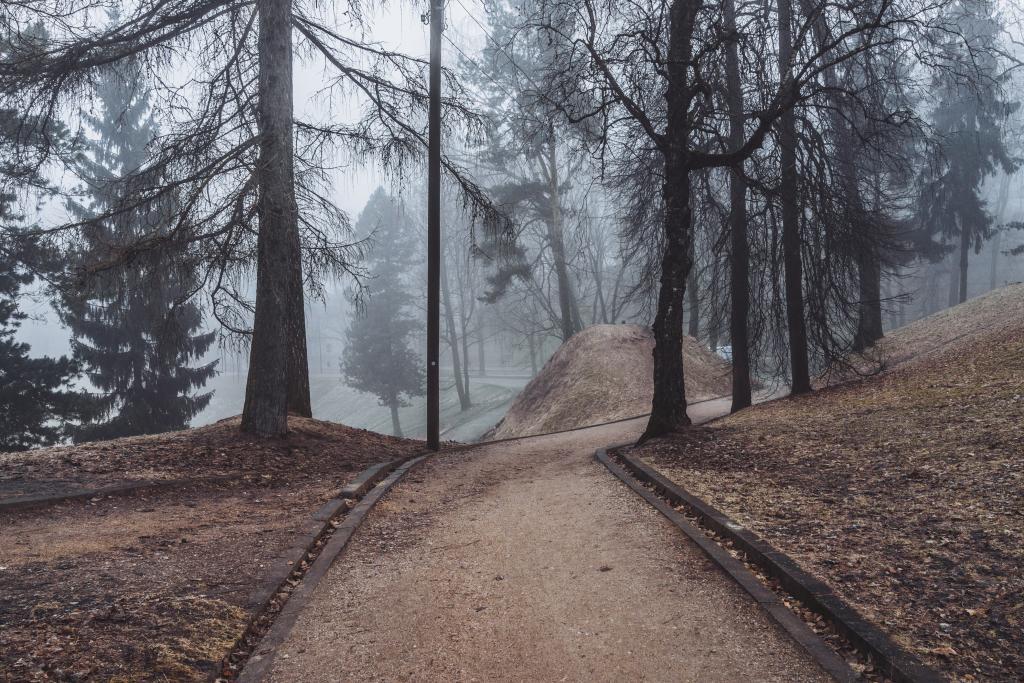
Kassitoome, Tartu. May walk home from train station goes through a fairy-tale place. It’s sensitive to weather just like forest trails – each variation of each season evokes a completely new landscape here. On misty mornings, the town disappears from around this forest completely.
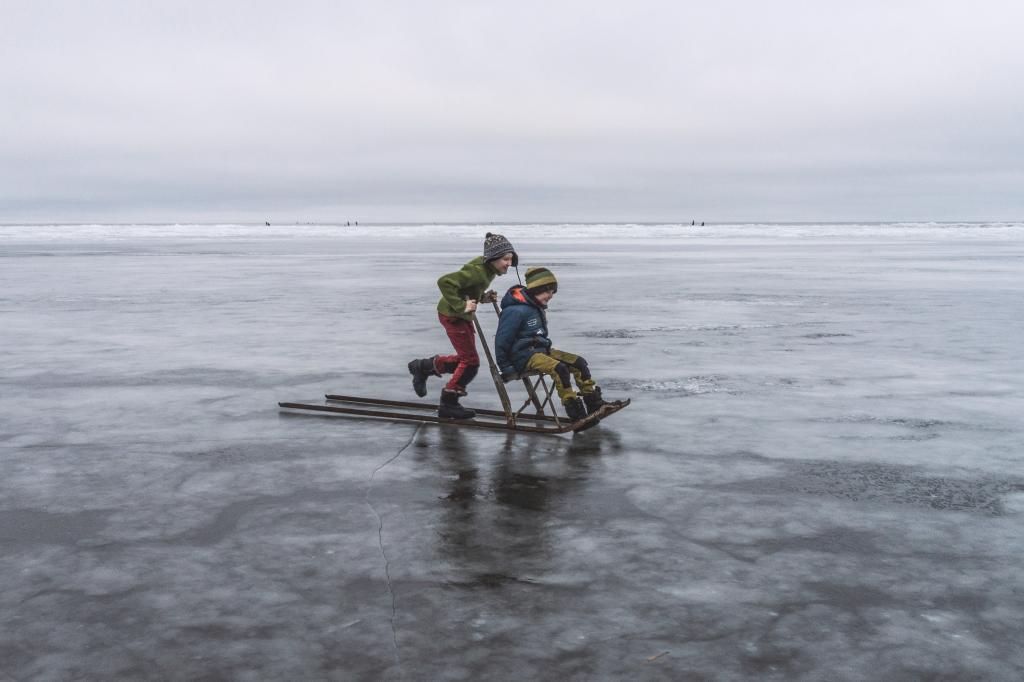
Nina, Lake Peipus. The endless lake Peipus disconnecting Estonia from Russia. Hundreds of fishermen settle here on weekends, drilling holes into the thick ice and sitting motionlessly for hours. At the same time, kids use the endless ice as their unlimited playground. There’s nothing here – even without the mist.
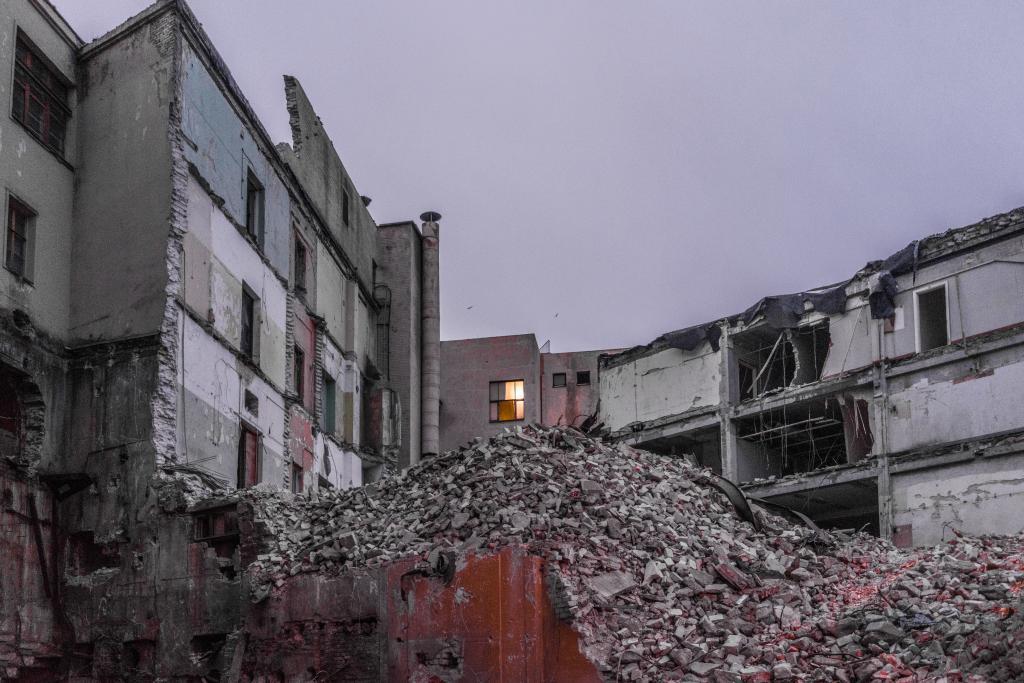
Kalamaja, Tallinn. This old sock factory is transforming into an arts academy – just like the whole industrial neighbourhood around it is being filled up with the creative masses and ultimately gentrified. We tend to look at the demolition, construction and renovation – both the houses and the roads – as something temporary. Especially here in Kalamaja, the contrary is actually true. Nothing stays the same, the “ready” state is temporary, constant change is the norm.

Raadi airfield, Tartu. A Soviet military airbase in the outskirts of Tartu. This could be our Tempelhof – an irrational urban playground, a city park without trees but with a lot of solid ground for skating and cycling. But as it is so close to downtown, the real estate development projects are already encircling it and putting pressure on the municipality to start cutting pieces out of this playground too.
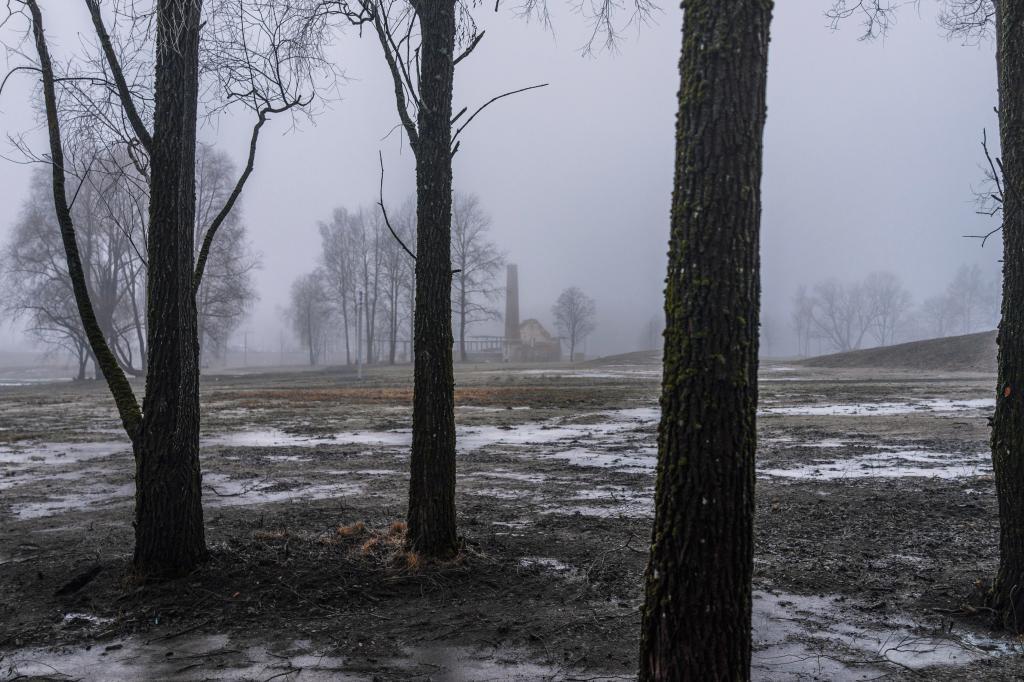
Raadi, Tartu. When visiting the Estonian National Museum in Tartu, take your time to wander in its surroundings too. In addition to the Soviet airfield, there are beautiful mansion ruins amid a more classical park. Originally it was meant to be covered with high wild grass (think High Lane in NYC) not mowed lawn. Hopefully it will grow back – it would add to an already fairy tale feeling.
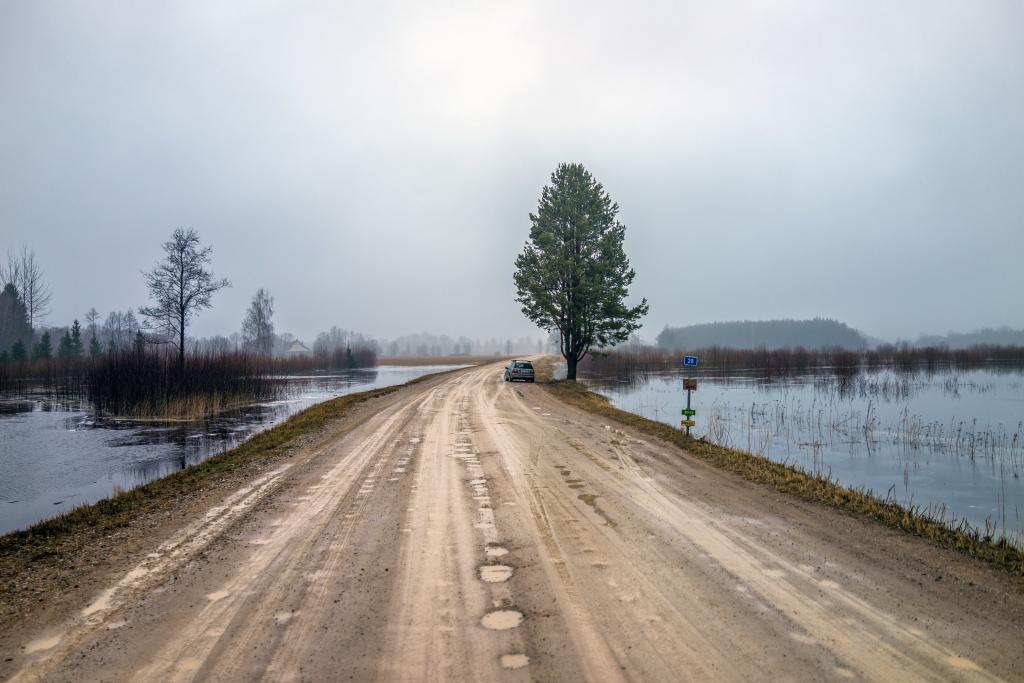
Soomaa. The wet fifth season between the winter and the spring brings a lot of visitors to this swampy region in the heart of Estonia. In some years, they get to paddle past the lone remaining houses, partially submerged in the slow flooding rivers. Water is everywhere – except on this Soviet-era road. Built in a totalitarian way as a mostly straight cut through the landscape, it turned upside down the structure of villages and shut down the old meandering small road between them.

Vääna-Jõesuu. The sea doesn’t care that much about the planning, changing the shorelines as it pleases. The beach football matches were going to be awkward that summer. Not many knew about it yet – seasides really aren’t too popular over the cold season.
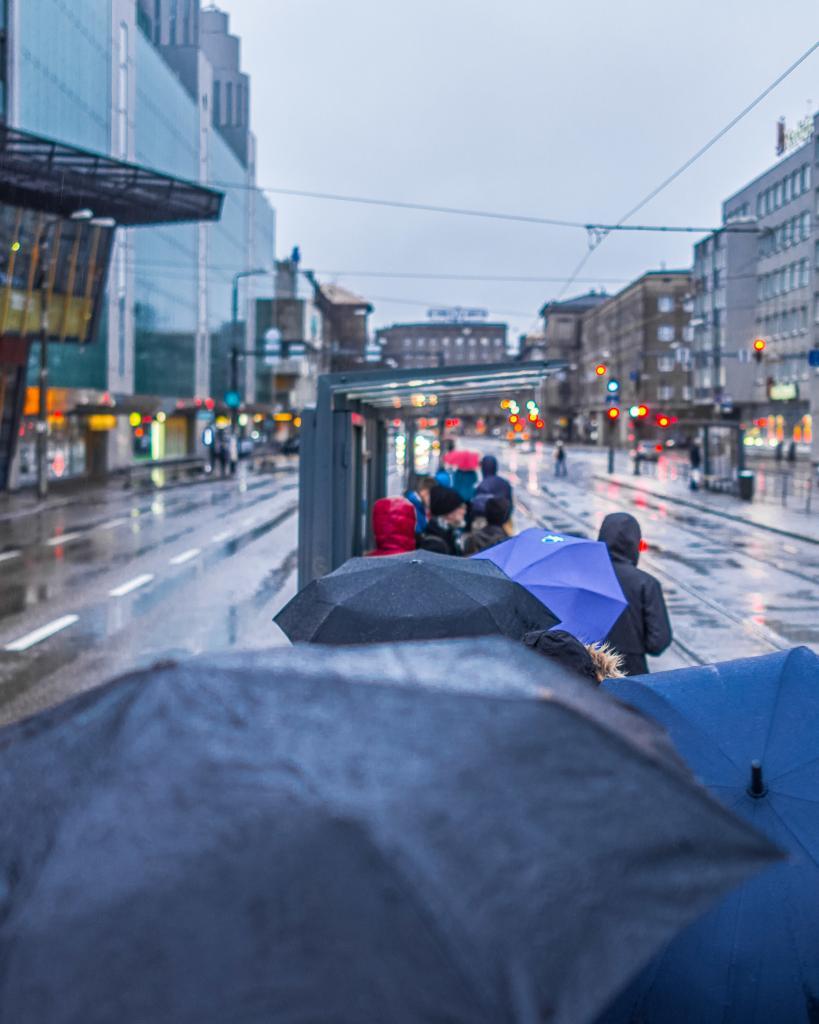
Tallinn. Cities are less friendly than the countryside during the slush season. Everyone’s personal prohibited space becomes pretty visible and pronounced when it rains. Cars become puddle-induced predators that everyone tries to avoid – even more than other people. But if you let yourself go and start to notice your surroundings, rain also makes city life especially picturesque.
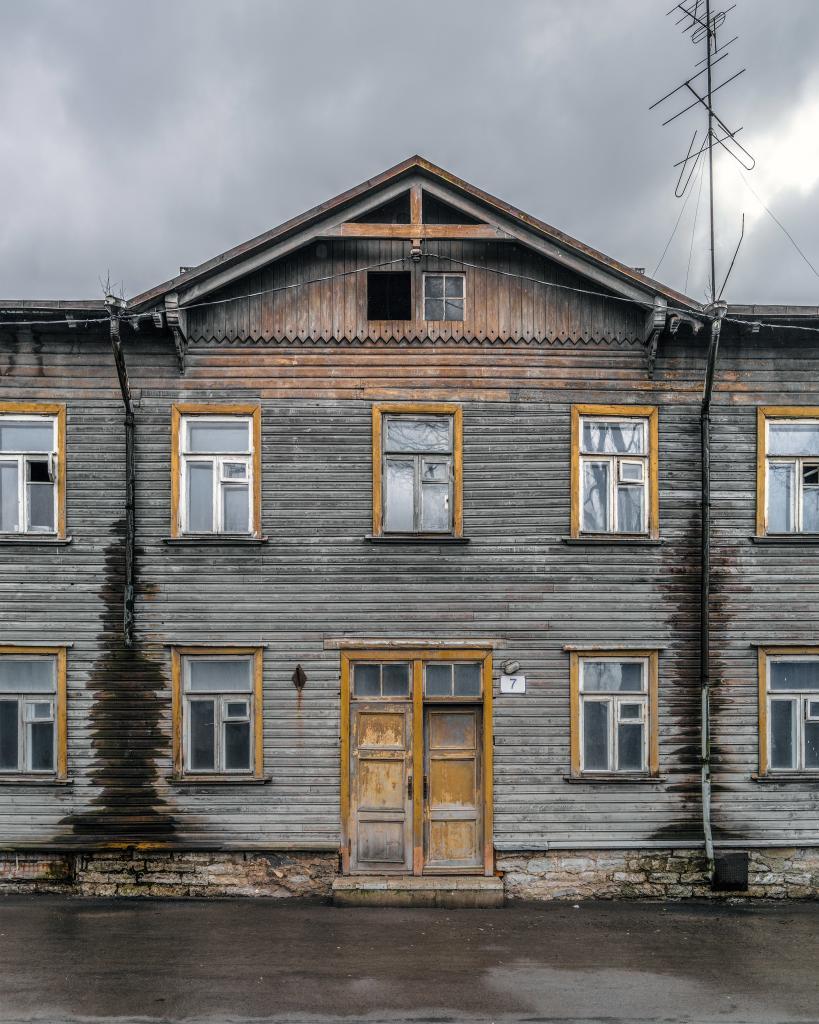
Kalamaja, Tallinn. Some houses really aren’t built for the looks. They are so forgettable that even their owners don’t seem to notice them – failing to take care of the drainpipes, boards and doors. But in the end, all this forgetting finally turns them into pieces of art. This house is like mist, but with yellow window frames.
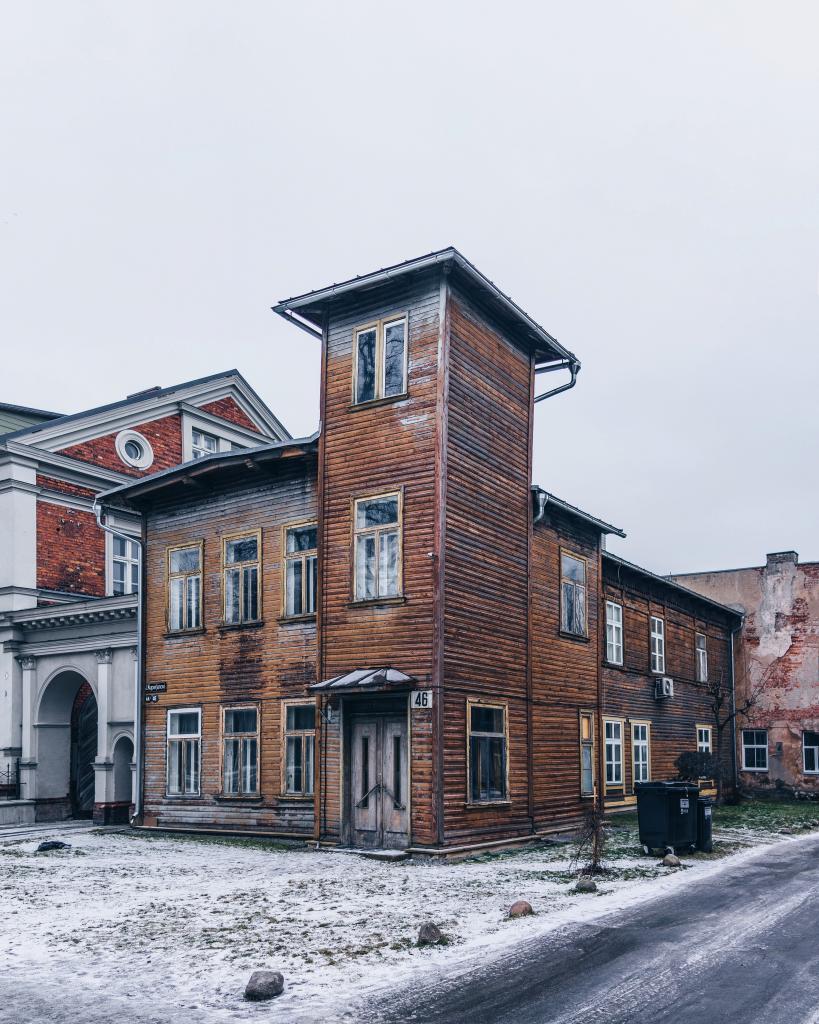
Kuperjanovi, Tartu. Some houses stun you every time you pass them. Who built this otherworldly wooden castle? What’s the function of this tower? What is it used for now, after the original purpose has been forgotten?
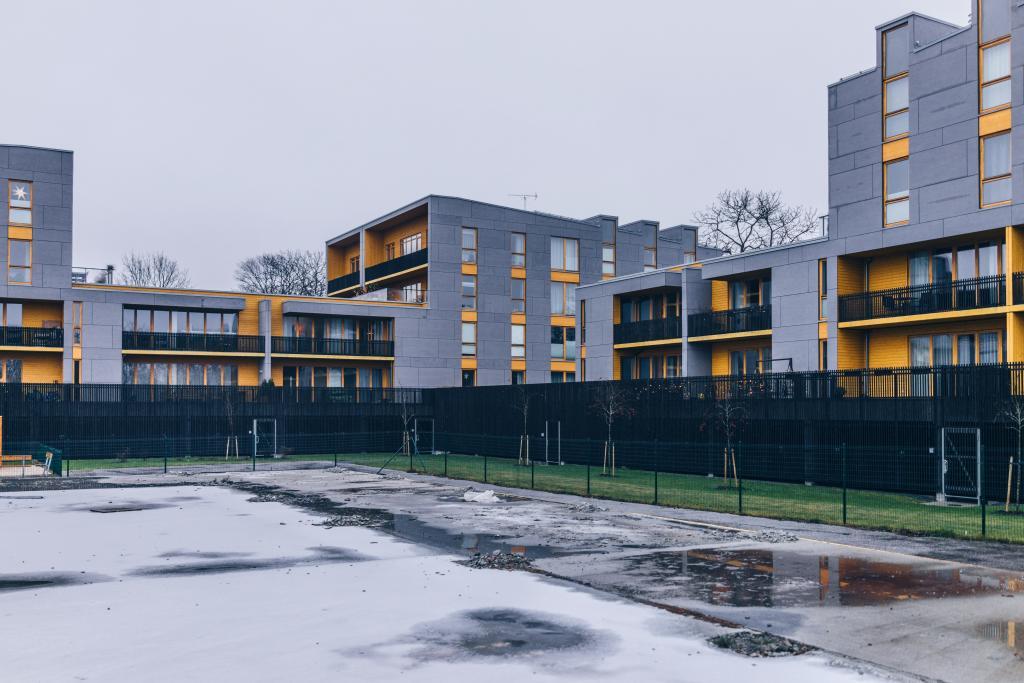
Kalamäe, Tallinn. We’ve learned to design and construct decent houses in Estonia, but the landscape architecture is still lagging behind. The spaces around and between the houses are not built for humans. They are either for parking cars or just an amorphous, purposeless zone of random fences and lifeless low-trimmed lawn. The only way to spot the difference between some residential developments and prison architecture is by the height of the fences.
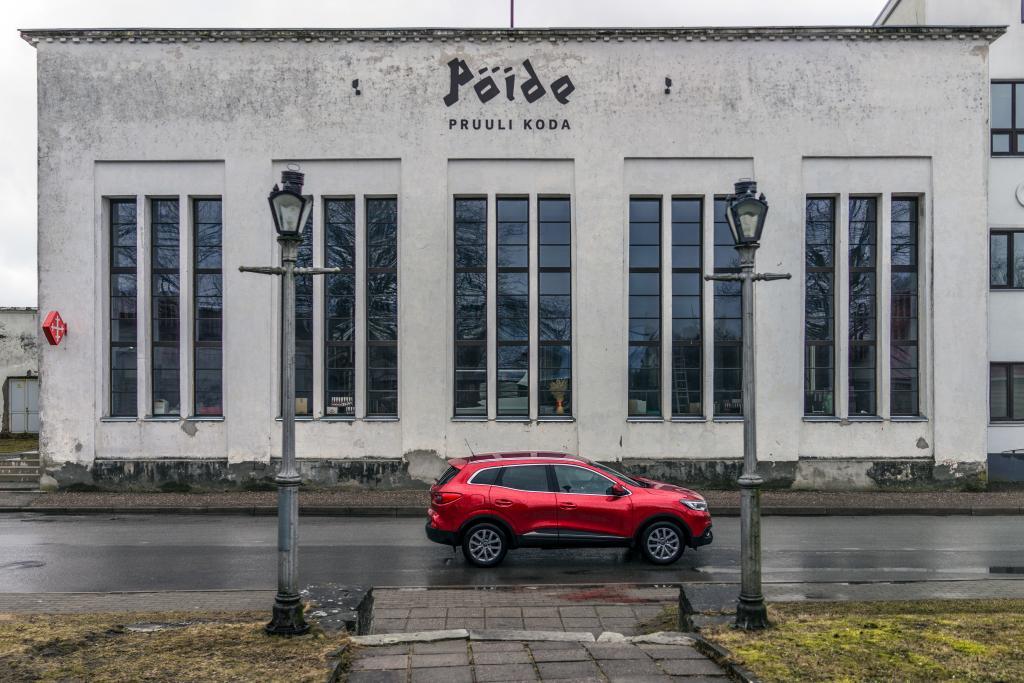
Kuressaare. An old power station turned into a craft brewery, one of the pearls of the remote island town of Kuressaare. Saaremaa, once home to my grandfather, lures me back every now and then. Surprisingly, many youngish newcomers from the mainland have settled here, against the norm of everyone else piling up in central Tallinn. Maybe it’s the remoteness, almost like being in another country, like a smaller version of Estonia. Or maybe it’s just the sheer niceness of this place.
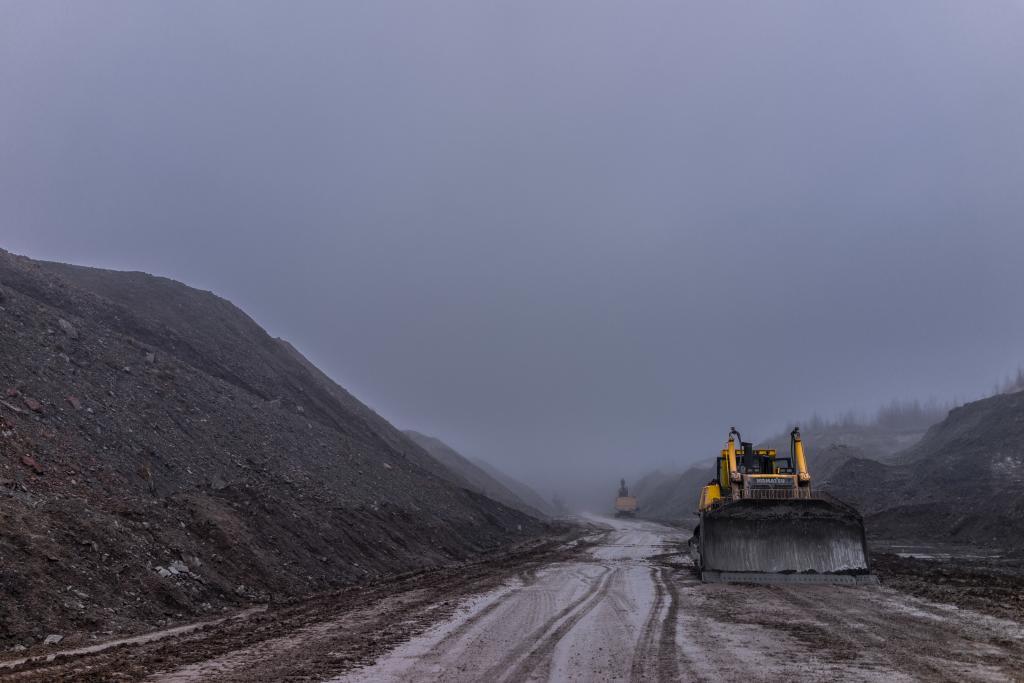
Vaivara, Ida-Virumaa. Estonia’s electricity is produced by first digging up huge swaths of some of the most picturesque landscapes in Ida-Virumaa, collecting millions of metric tons of dirt-like oil shale and then just burning it all. The byproduct of this hardcore practice is… even cooler-looking landscapes. Unnatural, sure, but after the mines and massive ash piles have been deserted, new life begins in those artificial hillocks.

Leigo, Otepää. I’m from southern Estonia, so this Romanticist, painting-like landscape is as stereotypically home-sweet-home as it gets. You can almost feel the typical, undulating southern Estonian hills beyond the mist on the horizon.
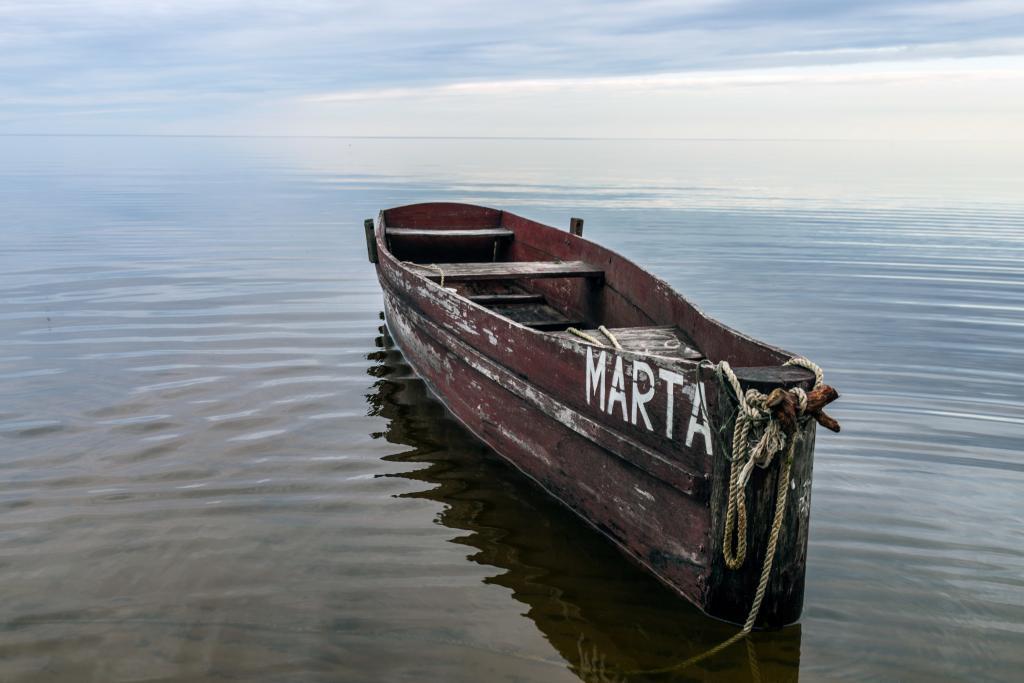
Kauksi, Peipsi. Summertime by the freshwater sea of Lake Peipus. There’s no mist, but the colour palette and the overwhelming emptiness are similar. The shores of this huge lake that disconnects Estonia from Russia have been more densely populated than our seashores. The weather here is calmer, less hostile than by the sea in general.
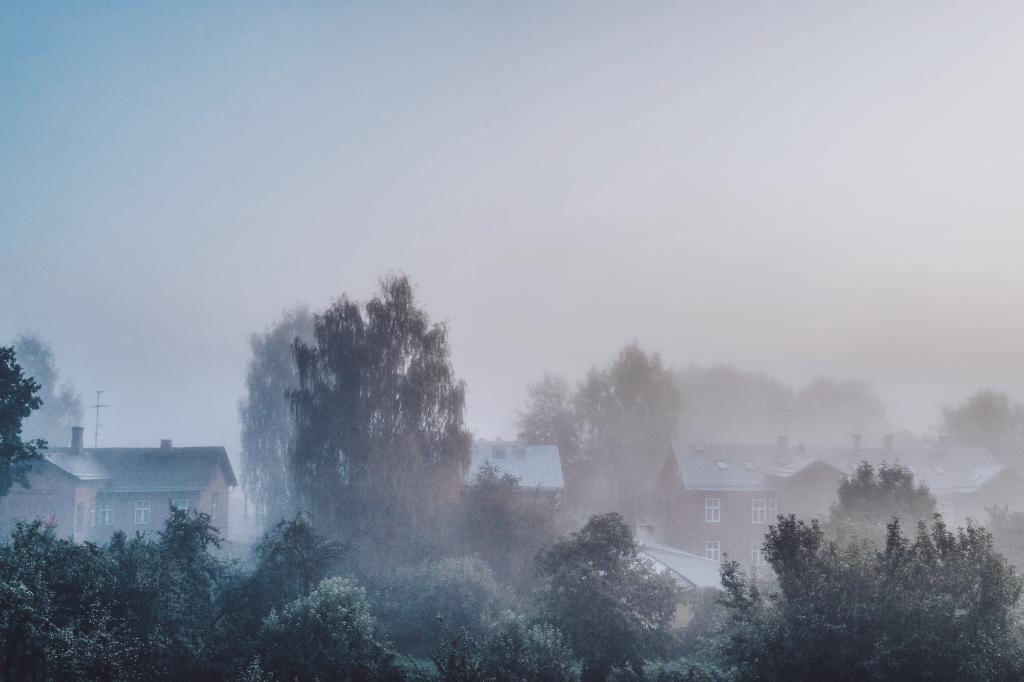
Supilinn, Tartu. The ever-changing view from my kitchen window. When the autumn is approaching, mornings become slower and damper. Yet, this mist has a warm undercurrent, the knowledge that by the end of your morning coffee the sun is going to disperse those low-lying clouds.

Nina, Lake Peipus. The winds on the wintertime Lake Peipus sometimes pile up icebergs along the coast, creating a miniature Antarctica – if you look from one shore towards the other, invisible shore.
This is a part of the Estonian urban and landscape photo series. Please see also Eesti blues, Eesti home, Eesti noir and Eesti autumn.

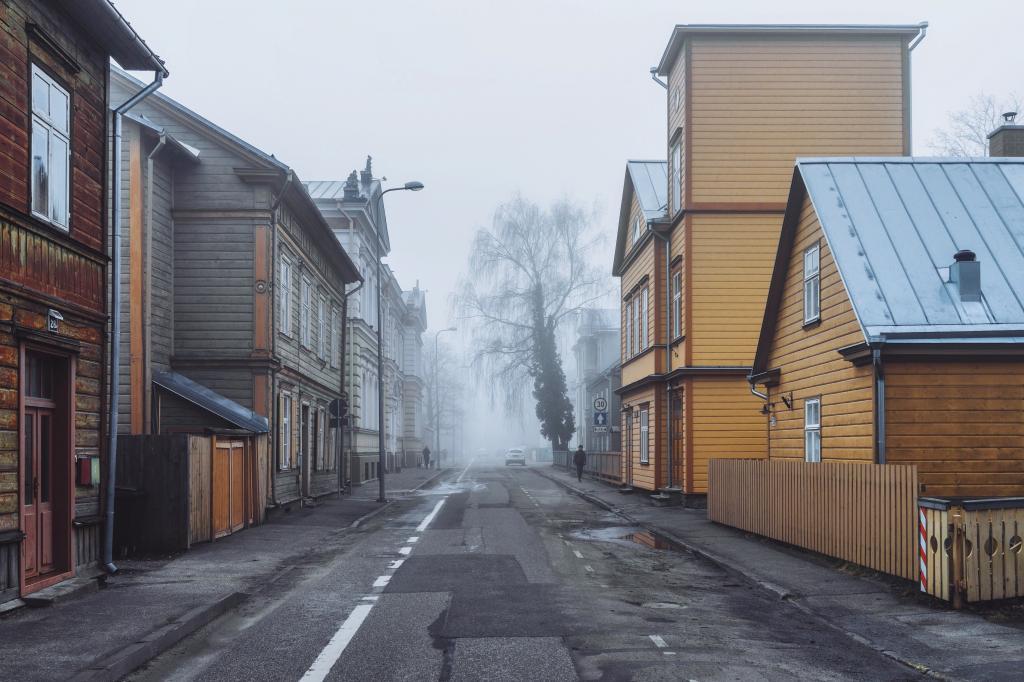
Väga hea!
It’s great to see an alternative perspective of Estonia.
Thanks for the photos. I lived in Tartu for 10 years, and immediately recognized the street I once worked on, Veski and so many others. The memories are so appreciated!